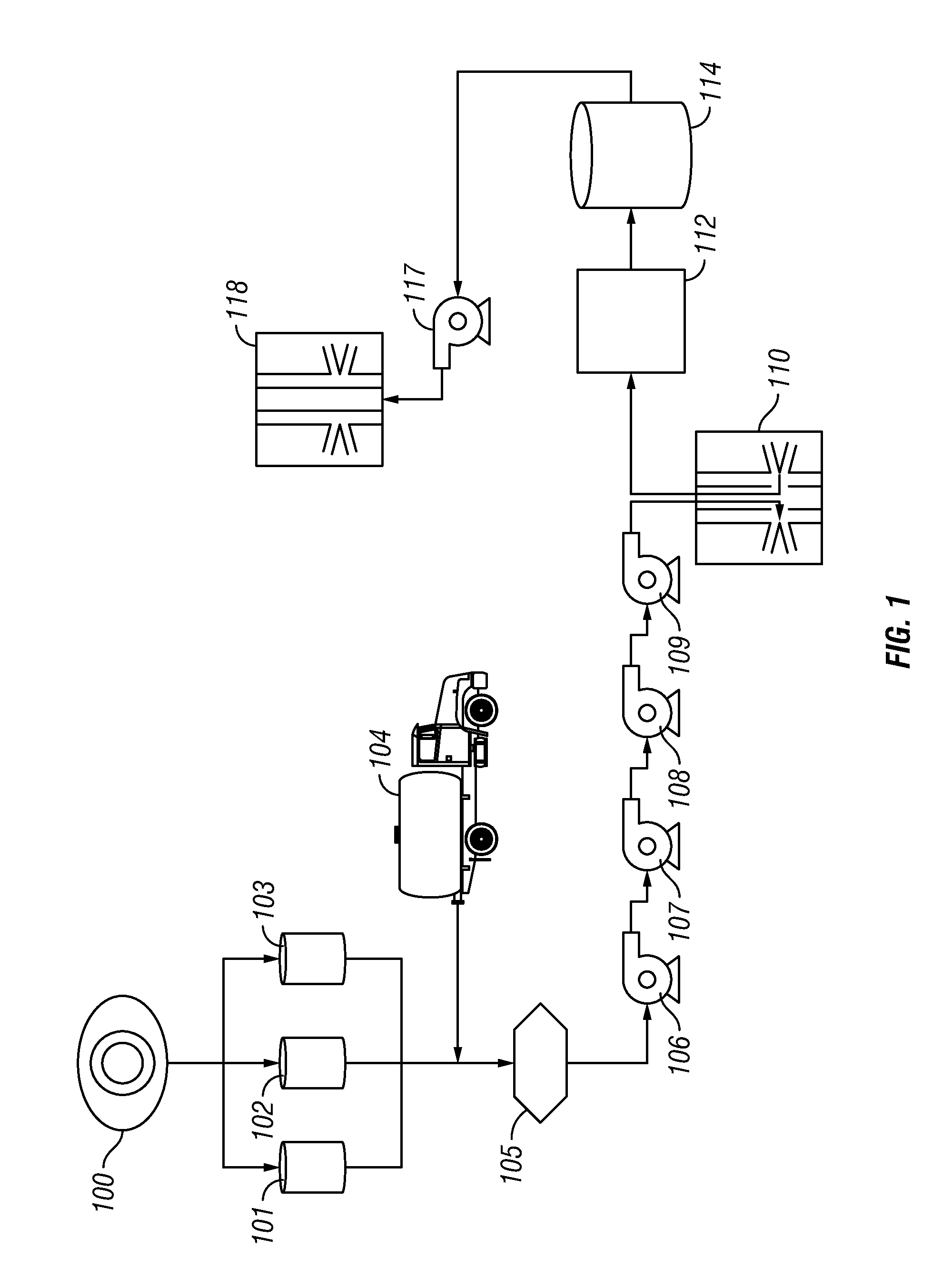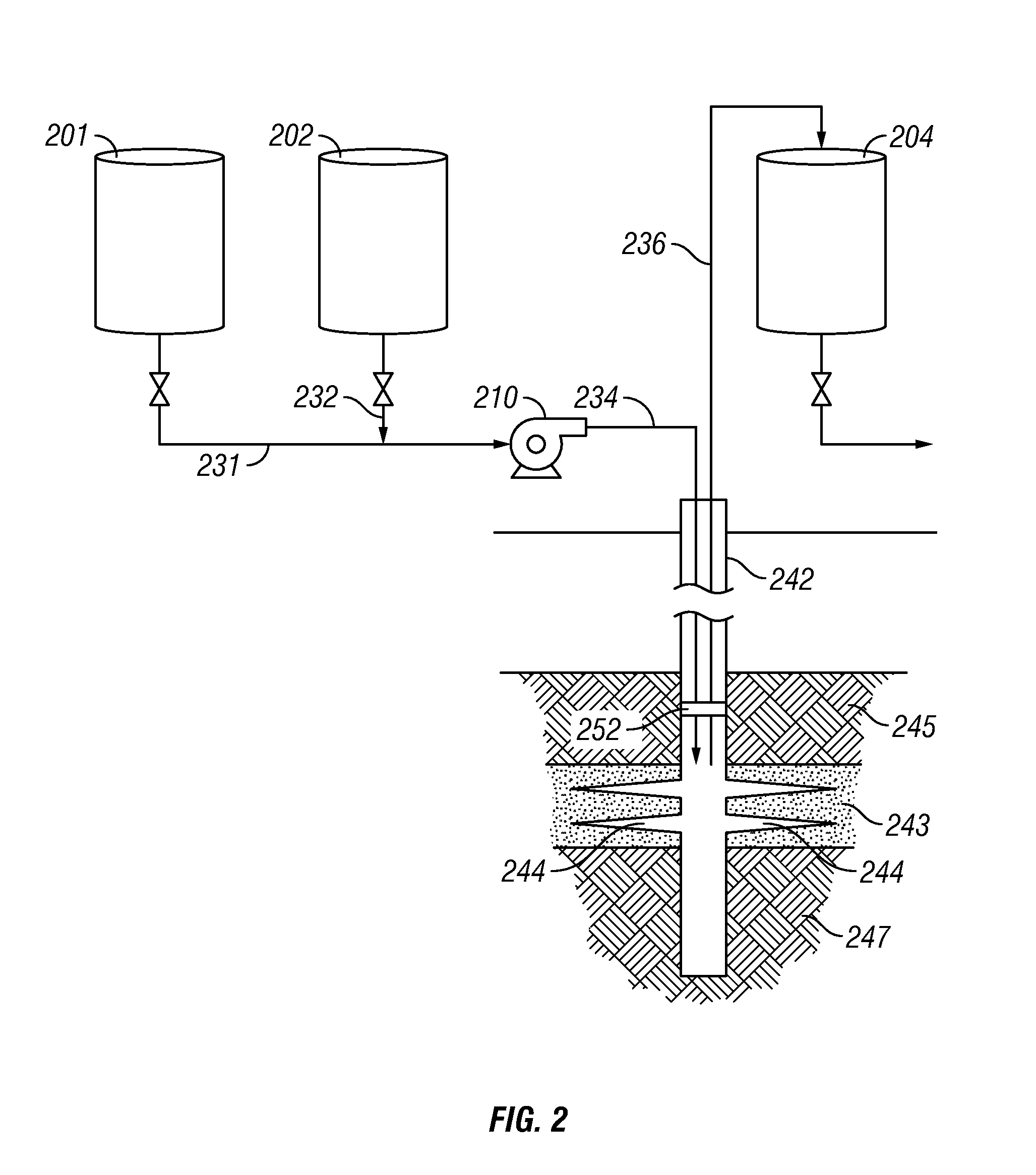Use of prokaryote viruses to remediate bio-fouling
a technology of prokaryote viruses and bio-fouling, which is applied in the direction of viruses/bacteriophages, seals/packings, and wellbore/well accessories, etc., can solve the problems of piping, pipeline blockage, and microbial fouling is a serious problem,
- Summary
- Abstract
- Description
- Claims
- Application Information
AI Technical Summary
Benefits of technology
Problems solved by technology
Method used
Image
Examples
Embodiment Construction
[0030]The present invention is a process for controlling the problem sulfate reducing prokaryotes that utilizes lysing organisms virulent for such prokaryotes, instead of synthetic biocides.
[0031]Bacteriophages, or phages, that are capable of lysing bacteria (a prokaryote) are the ubiquitous and natural viruses which infect, are reproduced within, and kill bacteria. Phage infection is initiated when the tail proteins recognize and adsorb to specific cell surface features of the target bacterial host. This triggers the injection of the phage DNA into the bacterial cytoplasm. The genes in that DNA are expressed by the bacterium's own protein synthesis apparatus, resulting in the synthesis and assembly of approximately 20 to 100 progeny phage particles over the course of minutes to several hours. After, typically, 15 to 60 minutes, the cell is disrupted (“lysis”) as a result of phage-encoded lytic enzymes, liberating of progeny phage that can adsorb to new bacterial hosts and repeat th...
PUM
| Property | Measurement | Unit |
|---|---|---|
| average depth | aaaaa | aaaaa |
| concentration | aaaaa | aaaaa |
| concentrations | aaaaa | aaaaa |
Abstract
Description
Claims
Application Information
 Login to View More
Login to View More - R&D
- Intellectual Property
- Life Sciences
- Materials
- Tech Scout
- Unparalleled Data Quality
- Higher Quality Content
- 60% Fewer Hallucinations
Browse by: Latest US Patents, China's latest patents, Technical Efficacy Thesaurus, Application Domain, Technology Topic, Popular Technical Reports.
© 2025 PatSnap. All rights reserved.Legal|Privacy policy|Modern Slavery Act Transparency Statement|Sitemap|About US| Contact US: help@patsnap.com



